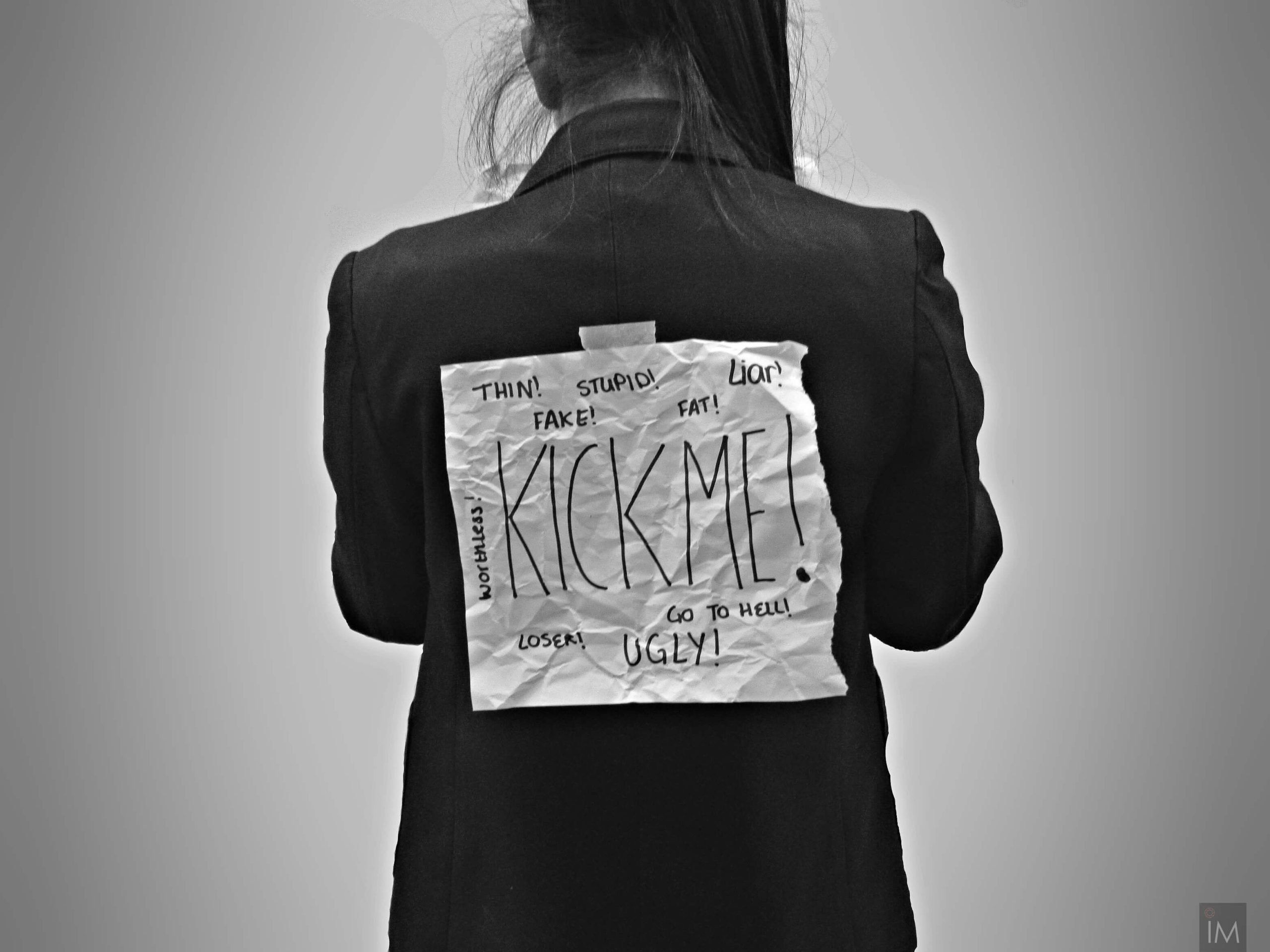Bullying in children and adolescents has become a pervasive problem in the schools of post-modern American society. In the research on bullying, however, bullying for the most part is a taken for granted notion. Furthermore, for many researchers, understanding the phenomena of bullying is subservient to panicked calls for its immediate eradication. As a result of not fully understanding the purposes and projects involved in the bullying of others, many researchers and clinicians end up unwittingly offering strategies that essentially recapitulate bullying dynamics — the strategies often appear to bully the bully out of her bullying behaviors.
In my research and dissertation, I attempted to understand and explicate the projects and intentionality of bullying behaviors. Drawing heavily from the philosophy of Merleau-Ponty, the gestures and actions of the bully are filled with latent intentionalities and meanings that we, as researchers and clinicians, are privy to, as these gestures are possibilities of our own bodies, our own “open systems.”
Methodologically, I created a “phenomenological case study” to explore bullying dynamics. In the therapeutic context, following the establishment of trust, the bullying child assumed the power of the sessions to attempt to bully and humiliate the therapist, who accepted and tolerated these actions. Through this dialectic, the patient provided the clinician her feelings of vulnerability and powerlessness, which allowed greater access to the psychological defenses in place. Also, this is where the incipience of empathy and reparation was born.
My research supports the idea of tolerating the bully’s actions in a contained setting of limits and boundaries. Tolerance makes the bully’s actions understandable, relatable, and meaningful, and therefore open to change, while stamping out bullying dynamics merely shames, covers over, or misunderstands the bully further.

